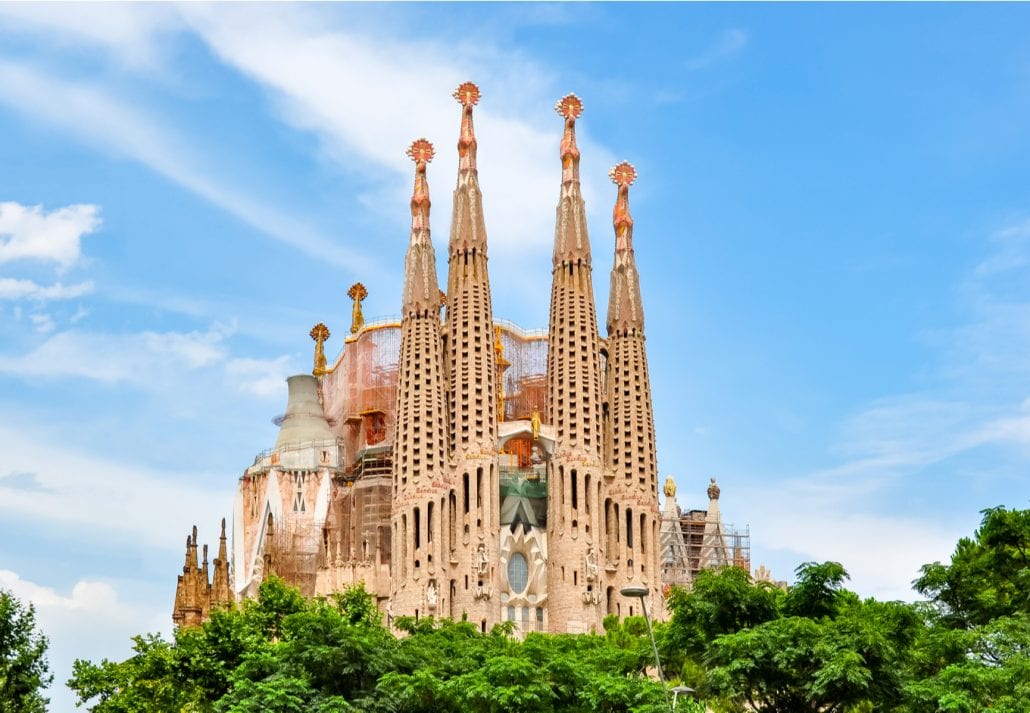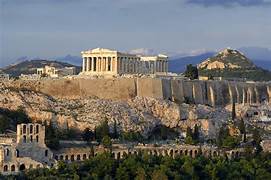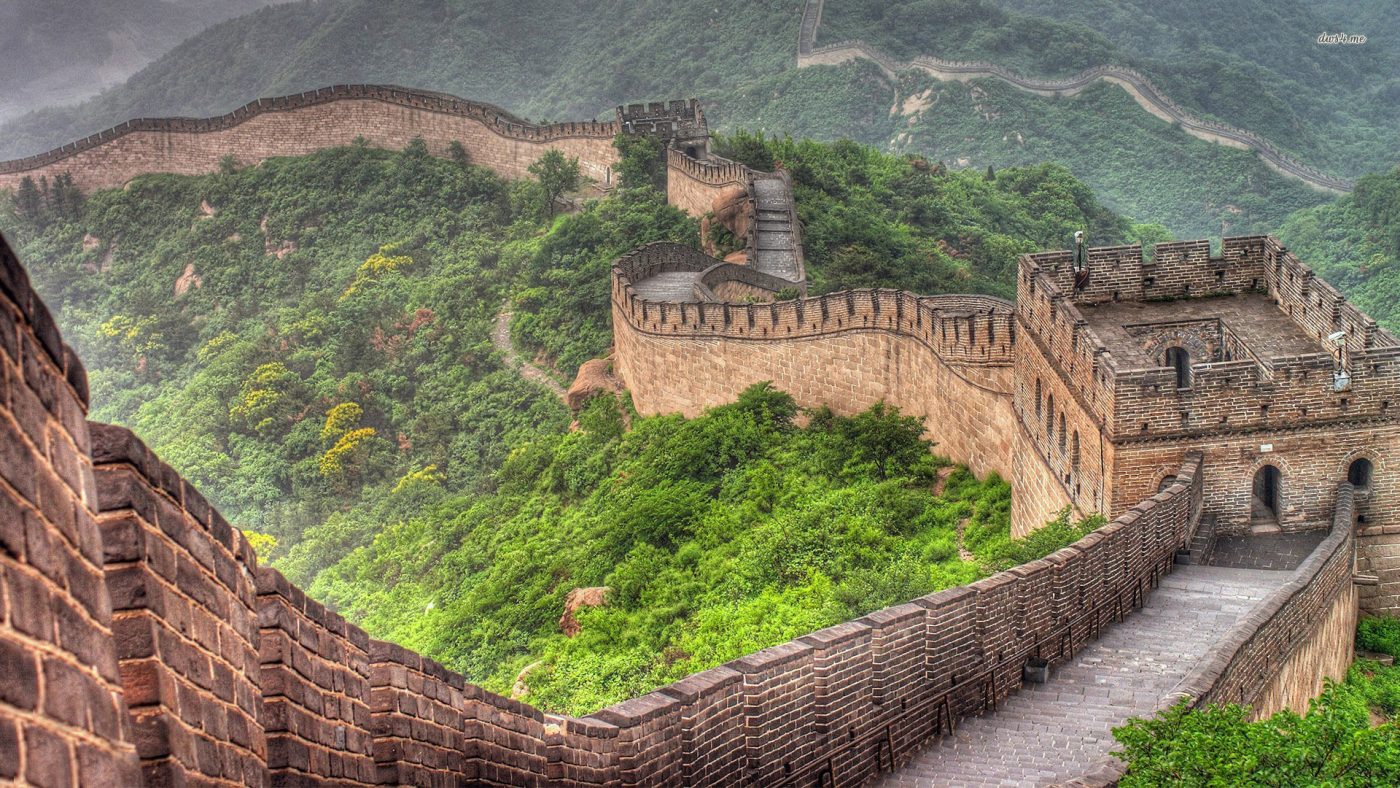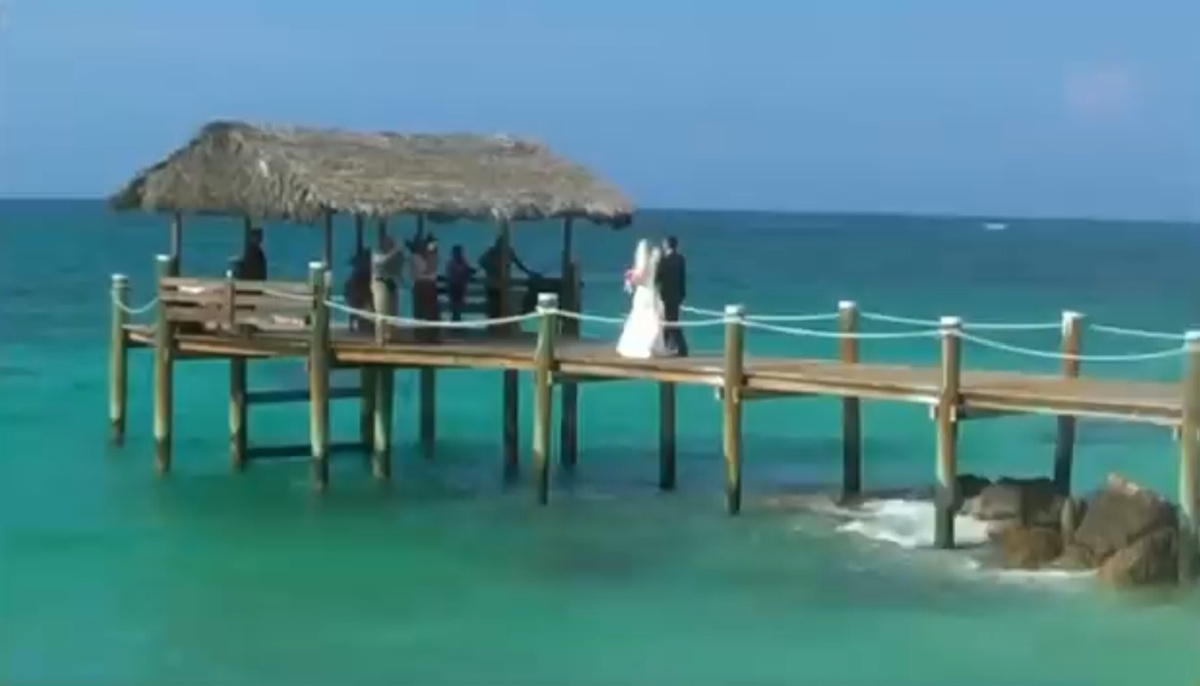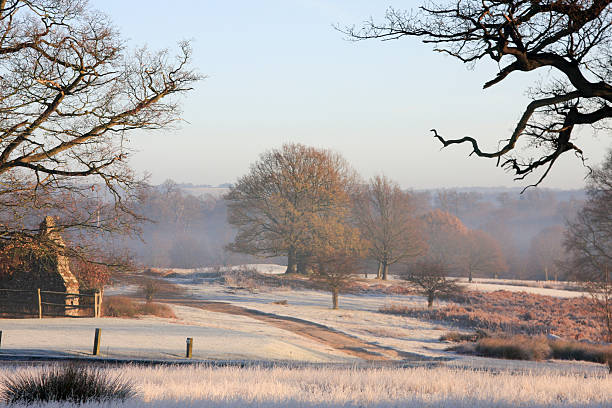May 2008. Prague emerged from the morning mist like a city conjured from a fairy tale. The spires, the bridges, the terracotta roofs stretching toward the horizon – it all seemed too perfectly medieval to be real. This was the city that survived wars and regimes, that Mozart loved and Kafka haunted, where every cobblestone holds a story and every corner reveals another impossible vista. Prague doesn't just invite you to visit – it dares you not to fall in love.
The Old Town: Where Time Stands Still
The Old Town Square hit me like a visual symphony. The Gothic towers of the Church of Our Lady before Týn reached toward the sky like dark fingers, while the pastel baroque buildings surrounding the square created a color palette that belonged in a painting rather than reality. And then there was the Astronomical Clock – that medieval marvel that has been marking time since 1410.
"Prague is a city that makes you believe in magic, because nothing this beautiful should exist without it."

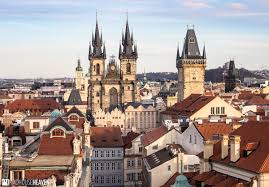
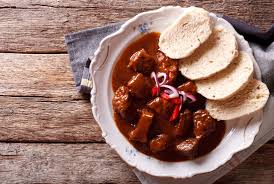


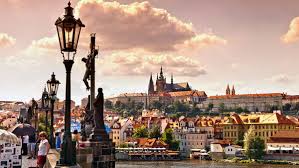
The Astronomical Clock: Medieval Engineering Meets Cosmic Art
I joined the crowd gathered beneath the Astronomical Clock just before the hour struck. Tourists from every corner of the globe, all craning their necks upward, waiting for the mechanical apostles to make their appearance. When the clock finally stirred to life, there was a collective intake of breath – the figures began their ancient procession, Death rang his bell, and for a moment, centuries collapsed into seconds.
But the real magic of the clock isn't the hourly show – it's the clock face itself. Three separate dials tracking time, zodiac positions, and astronomical cycles in a complexity that seems impossible for the 15th century. Standing there, trying to decipher its meanings, I felt connected to every person who had stood in this exact spot over six centuries, equally awed and equally confused.
- Gothic Spires: Church towers reaching toward the heavens
- Medieval Clock: Still counting time after 600 years
- Cobblestone Streets: Worn smooth by centuries of footsteps
- Baroque Architecture: Pastel buildings with ornate facades
- Living History: A square that has witnessed revolutions and celebrations
Charles Bridge: The Stone Path Across the Vltava
If Prague has a heart, it's Charles Bridge. The 14th-century stone bridge, lined with thirty baroque statues of saints, connects the Old Town with the Lesser Quarter and Prague Castle beyond. But calling it just a bridge is like calling the Mona Lisa just a painting – technically accurate but missing the entire point.
I crossed the bridge at sunrise when the morning light turned the Vltava River into liquid gold and the mist still clung to the water. Street musicians were already setting up their instruments, artists were arranging their paintings, and the statues of saints stood silent guard as they have for centuries. The view upstream toward Prague Castle, with its Gothic cathedral rising above the trees, was the kind of scene that makes you understand why Prague is called the "City of a Hundred Spires."
Later, I returned at sunset. The bridge was crowded now – couples taking photos, musicians playing everything from classical violin to modern jazz, tourists rubbing the brass plaque on the statue of St. John of Nepomuk for good luck (a tradition that has worn the metal smooth and shiny). The castle glowed golden in the evening light, and the river reflected the colors of the sky like a mirror. I stayed until the street lamps flickered to life, turning the bridge into something from a dream.
Goulash and Pilsner: Feeding Body and Soul
You haven't really experienced Czech culture until you've sat in a traditional hospoda – a Czech pub – with a bowl of goulash and a perfectly poured Pilsner Urquell in front of you. I found a small place just off the Old Town Square, down a narrow alley where tourists rarely wandered. The moment I stepped inside, I knew I'd found something authentic.
The goulash arrived in a heavy ceramic bowl, steam rising from the rich, paprika-infused stew. Tender beef that had been braised for hours, onions caramelized to sweetness, and dumplings – knedlíky – that were nothing like any dumpling I'd ever encountered. They were dense, slightly chewy, perfect for soaking up the thick, flavorful sauce. This wasn't delicate cuisine; this was food that had sustained Central Europeans through long winters and hard times. It was honest, hearty, and absolutely delicious.
And then there was the beer. Czechs are rightfully proud of their brewing tradition – they literally invented Pilsner. The beer arrived with a perfect foam head (they call it a "hat"), golden and clear, and tasting like the Platonic ideal of what beer should be. Not too bitter, not too sweet, just perfectly balanced. The Czechs consume more beer per capita than any other nation on Earth, and after spending time in Prague, I understood why. This wasn't just a beverage – it was culture, history, and social lubricant all in one glass.
Wallenstein Garden: Where White Peacocks Rule
Hidden behind the walls of Wallenstein Palace, I discovered one of Prague's best-kept secrets – a baroque garden that felt like stepping into a different century entirely. Geometric hedges, ornate fountains, a massive artificial grotto wall covered in stalactites, and wandering freely among it all: white peacocks.
These weren't caged birds on display – they owned the place. They strutted across the gravel paths with the confidence of royalty, their pure white plumage catching the dappled sunlight filtering through the trees. When one decided to display his tail feathers, creating that magnificent fan of white eyespots, a crowd gathered immediately. It was like watching living art, a baroque sculpture come to life.
The garden was nearly empty compared to the crowded squares and bridges. I found a bench near the fountain and simply sat, watching the peacocks patrol their domain and listening to the water. In a city packed with tourists and selfie sticks, this felt like a secret Prague had shared with me – a quiet corner where beauty didn't need to announce itself, where white peacocks could wander freely, and where time moved at the pace of falling water and rustling leaves.
Kafka's City: Shadows and Light
Prague is inextricably linked with Franz Kafka, the writer who made the surreal feel documentary and the bureaucratic feel nightmarish. Walking through the narrow, twisting streets of the Old Town, particularly as evening shadows lengthened, I started to understand where his vision came from. Prague has a duality – beautiful and slightly unsettling, welcoming and maze-like, historical and somehow timeless.
I visited the house where Kafka was born, now a small museum tucked into a corner near the Old Town Square. But more than any museum, I felt his presence in the city itself – in the narrow Golden Lane houses where he once lived, in the shadows of the castle, in the bureaucratic grandeur of old buildings that seemed designed to make humans feel small.
Castle on the Hill: Centuries of Power
Prague Castle dominates the city from its hilltop perch – the largest ancient castle complex in the world according to the Guinness Book of Records. Walking up the hill (my legs reminded me exactly how high that hill was), I passed through centuries of architectural styles. Gothic cathedral, baroque palace wings, romanesque basilica – all coexisting in a complex that has been the seat of power for kings, emperors, and presidents.
St. Vitus Cathedral, at the heart of the castle complex, is a Gothic masterpiece that took nearly 600 years to complete. Inside, the Art Nouveau stained glass windows by Alfons Mucha cast colored light across the stone, creating an atmosphere that was simultaneously medieval and modern. The view from the castle terrace, looking out over the red roofs of the city below, made the climb entirely worthwhile.
Music in the Air
Prague is a city that lives and breathes music. From the street musicians on Charles Bridge to the classical concerts held in churches and palaces every night, the city seemed to have a soundtrack. I stumbled into a small church near the Old Town Square where a string quartet was performing Vivaldi. The baroque interior, the golden light of evening, the perfect acoustics – it was one of those moments where everything aligned perfectly.
Mozart premiered Don Giovanni in Prague, and the city still holds him in special regard. There's a saying that "Prague understands Mozart better than anywhere else," and listening to music in these historic spaces, I believed it. The city and the music seemed made for each other.
Leaving Prague, Carrying Prague
As I prepared to leave, I realized Prague had performed a kind of magic trick on me. It had made me feel like I'd traveled back in time while simultaneously being completely present in the moment. The medieval streets and modern cafes, the gothic spires and contemporary art, the weight of history and the lightness of Pilsner – Prague doesn't resolve these contradictions. It celebrates them.
I left with memories of white peacocks in secret gardens, the taste of goulash and the perfect foam on beer, the view from Charles Bridge at sunrise and sunset, the sound of music echoing off ancient stone walls. But most of all, I left with the feeling that I'd discovered a city that remained itself despite everything – wars, occupations, revolutions, and tourist hordes.
Prague in May 2008 was a revelation. It showed me that beauty doesn't have to shout, that history can be lived in rather than just preserved, and that sometimes the best travel experiences come from simply wandering cobblestone streets with no particular destination in mind. The city had whispered its secrets to me, and I'd listened. And like everyone who truly experiences Prague, I knew I'd have to return. Some cities you visit. Others, like Prague, visit you right back – and never quite leave.


